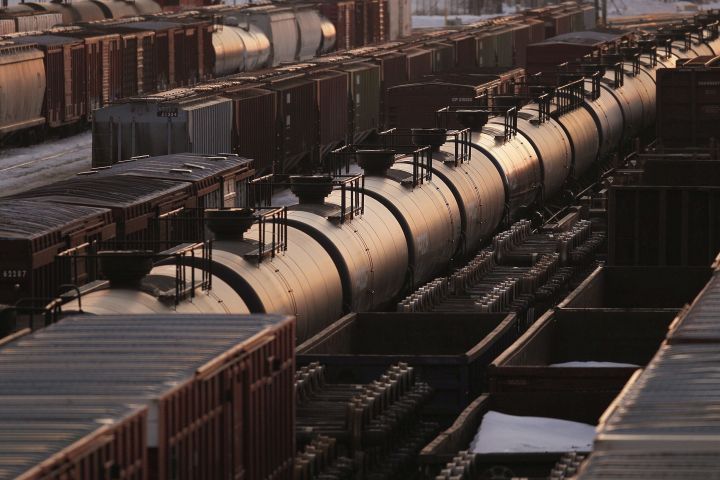Lower discounts on western Canadian oil prices have swollen producer coffers in the first three months of the year, but analysts say they don’t expect to see big increases in drilling budgets as companies report results over the coming weeks.

Cenovus Energy Inc. is set to unveil its first-quarter financial results on Wednesday, followed by fellow oilsands producers Husky Energy Inc. and Imperial Oil Ltd. at the end of next week.
U.S. benchmark West Texas Intermediate spot prices averaged US$54.85 in the first quarter, seven per cent less than in the last three months of 2018, according to data from RBC Dominion Securities.
But Edmonton Par light oil prices rose 55 per cent to C$66.45 per barrel and Western Canadian Select bitumen blend jumped 121 per cent to C$56.57 per barrel as the differential between Canadian and U.S. prices eased after Alberta imposed production cuts as of Jan. 1 designed to free up pipeline space.
The higher realized prices will allow large Calgary-based oil companies to register huge quarter-over-quarter increases in profitability, but analyst Nick Lupick of AltaCorp Capital says they are more likely to use excess cash flow to pay down debt or buy back shares than to drive production increases.
“The reality is if we drill more wells, but we don’t have the pipelines to get crude oil out of the basin, our return on that capital is going to drop precipitously as the differential widens. So it’s a very fine balance,” he said in an interview.
“In order for producers to be comfortable enough to go back to drilling and growing, they need better clarity towards the ability to get global pricing for their products.”

Get weekly money news
READ MORE: Ottawa extends deadline for Trans Mountain decision to June 18
Watch below: Federal Natural Resources Minister Amarjeet Sohi joins Global News Morning Calgary to discuss Ottawa’s decision to extend the deadline for the Trans Mountain pipeline expansion project to June 18.

He says he expects the companies he watches to continue to be influenced by uncertainty regarding timelines for the construction of new Canadian pipelines, the duration of the Alberta production curtailment program, trade tensions between the U.S. and China and the status of oil sales from OPEC members Venezuela and Iran.
The curtailment program was initiated by the NDP government with an aim to gradually phase it out through the year depending on how effectively it reduces storage levels. United Conservative Party Leader Jason Kenney, elected Tuesday, is expected to continue with that plan.
READ MORE: No government can bring back Alberta oilsands boom, experts say
Watch below: (From April 2019) The race between the Alberta NDP and the UCP is tightening with just one week until the provincial election. As David Akin explains, energy and the economy are the core issues of the campaign.

In a report, analysts at Tuder Pickering Holt & Co. said investors will be watching closely to see what companies will do with strong increases in first-quarter cash flow.
“When initial budgets were released in late Q4/early Q1, a number of producers took a cautious approach, laying out cash-flow-neutral budgets at US$50 per barrel WTI,” they said.
“We expect questions to arise on whether the incremental cash flow will be put into the ground, incremental returns to shareholders via the dividend or buybacks, or headed straight for the balance sheet as the year progresses.”
An RBC analysis forecasts higher prices for London-traded Brent and New York-traded WTI this year and next, adding that the average WTI-WCS differential is expected to fall to US$13.96 per barrel in 2019 and US$20.94 in 2020, down from US$26.44 in 2018.
In a note, analyst Greg Pardy says cash flows in RBC’s large oil and gas coverage group are expected to increase by an estimated 28 per cent this year and five per cent next year if those forecasts hold true.







Comments